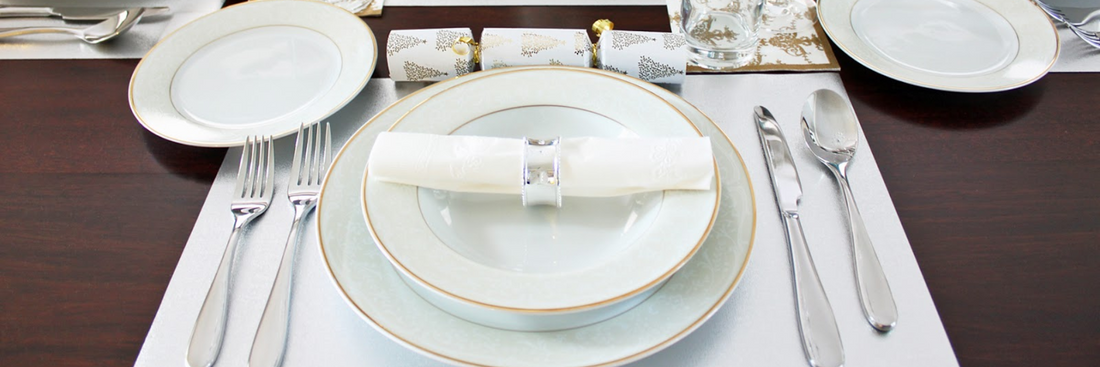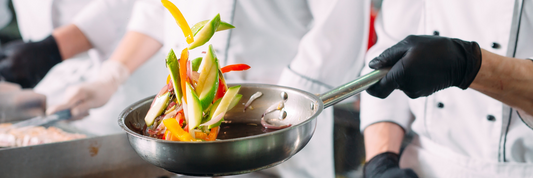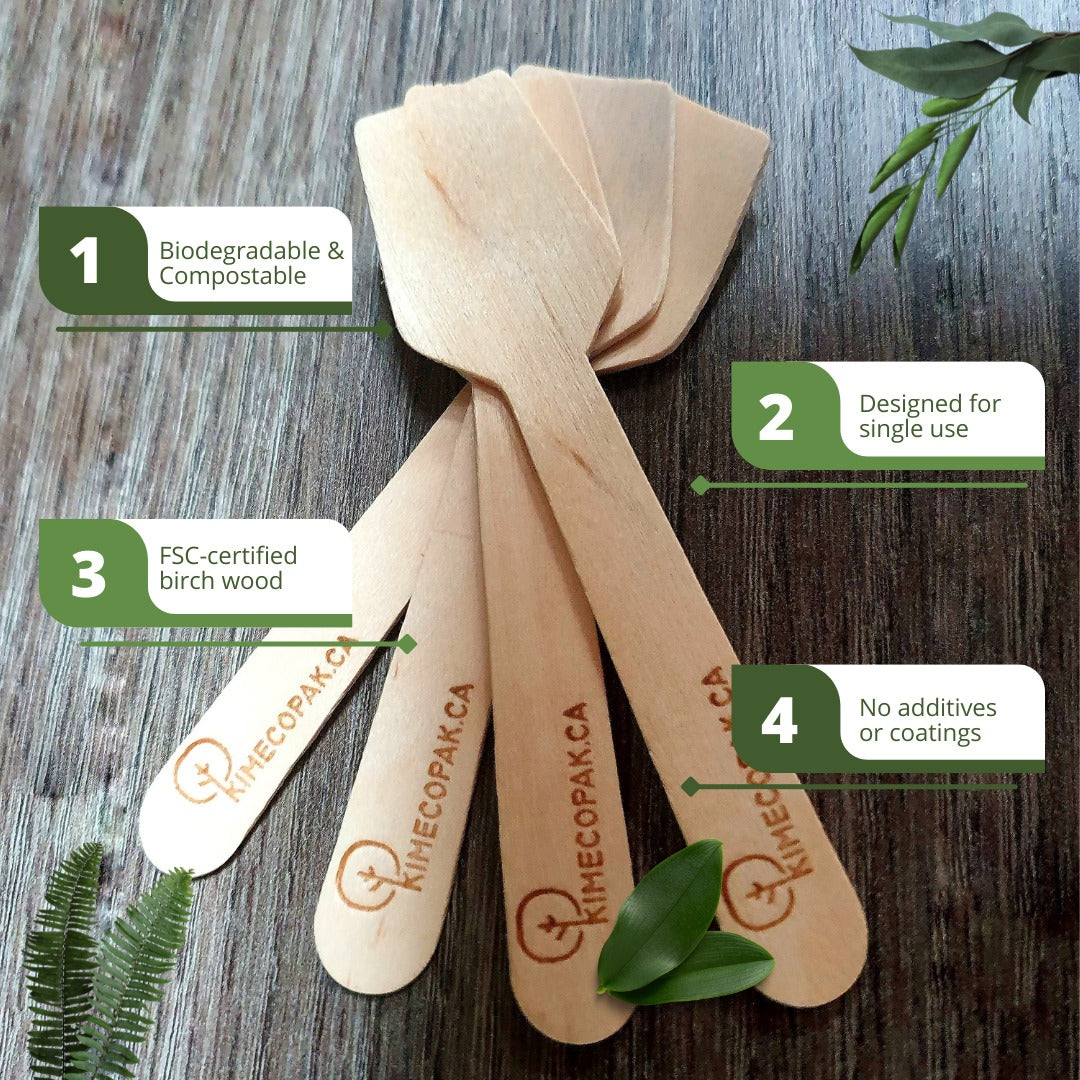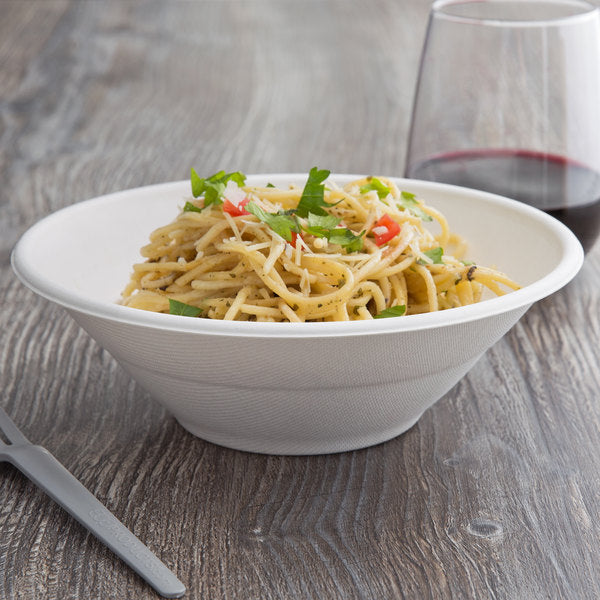Table setting is a crucial aspect of dining that enhances the overall experience, whether for a formal event, casual gathering, or everyday meal. The arrangement of tableware, from plates and glasses to utensils and napkins, can set the tone for the meal and reflect the occasion's importance. This article explores the importance of table setting, various types, and whether it is necessary to follow traditional rules.
- Hotel Stars Rating System: Meaning And How to Check Hotel Star Rating
- A Guide to 12 Different Types of Restaurants
- How to Open a Food Truck With No Experience
- What Does A Bartender Do? How To Become A Bartender
Why Table Setting Is Important?
Proper table setting is significant for several reasons:
- Enhances Dining Experience: A well-set table creates a welcoming atmosphere, making guests feel special and appreciated.
- Reflects the Occasion: The type of table setting can indicate the formality of the event, helping guests understand what to expect.
- Promotes Order and Etiquette: A thoughtfully arranged table encourages good manners and smooth dining by ensuring that everything needed is within easy reach.
- Showcases Attention to Detail: A meticulously set table demonstrates the host's care and effort, contributing to a memorable dining experience.
Types of Table Settings
There are three primary types of table settings, each suited to different occasions:
- Formal Table Setting
- Casual Table Setting
- Basic Table Setting
Formal Table Setting Diagram
A formal table setting is used for special occasions such as weddings, holiday dinners, and upscale events. Here's a diagram and breakdown of a typical formal table setting:
- Start by setting the table with an ironed tablecloth.
- The center of the place setting is occupied by a serving plate. Underneath the serving plate is another place to use a charger plate.
- To the upper left of the serving plate, put a bread plate. With the handle pointing to the right and the blade facing down, place a butter knife on top of the bread plate.
- Starting with the salad fork on the outside and the dinner fork on the inside, the flatware is arranged on the left side of the serving plate.
- Dinner, salad, soup, and teaspoons are the flatware that will be arranged inside out on the right side of the serving plate.
- Every piece of flatware needs to be placed equally apart and have bottoms that match the serving plate's bottom.
- The dessert spoon's handle should be pointing to the right and positioned horizontally, directly above the serving plate.
- Set a glass of water over the dinner knife.
- The white wine glass should be placed slightly to the right and beneath the water glass.
- Arrange the red wine glass to the right and slightly above the white wine glass.
- The soup spoon should be positioned slightly to the right of the cup and saucer.

Casual Table Setting Diagram
A casual table setting is suitable for everyday meals and informal gatherings. Here's a diagram and breakdown of a typical casual table setting:
- At the center of the table setting should be a serving plate.
- The top left of the serving plate should have a bread plate. With the handle pointing to the right and the blade facing down, place a butter knife on top of the bread plate.
- Starting with the salad fork on the outside and the dinner fork on the inside, the flatware is arranged on the left side of the serving plate.
- From inside out, the flatware on the right side of the serving plate will be a teaspoon, soup spoon, and dinner knife.
- Set a glass of water over the dinner knife.
- The water glass should be placed to the right of the wine glass.

Basic Table Setting Diagram
A basic table setting is used for simple meals and includes only the essentials. Here's a diagram and breakdown of a typical basic table setting:
- At the center of the table setting should be a serving plate.
- To the left of the plate is a napkin.
- The napkin is positioned above the fork.
- The plate is positioned to the right of a knife.
- Optionally, set a coffee or water cup just to the right and above the knife.

Do You Need to Follow Table Setting Rules?
While traditional table setting rules provide a guideline for creating an organized and aesthetically pleasing arrangement, they are not strict mandates. The level of adherence to these rules can vary depending on the occasion, personal preference, and cultural practices. Here are a few considerations:
- Occasion: Formal events might require strict adherence to traditional settings, while casual gatherings allow for more flexibility.
- Personal Style: Hosts can personalize table settings to reflect their style and creativity.
- Practicality: Ensure that the table setting is practical and comfortable for diners, regardless of the formality.
Conclusion
Table setting plays a vital role in the dining experience, setting the tone for the meal and reflecting the occasion's importance. Understanding the different types of table settings and their appropriate uses can help hosts create a welcoming and organized dining environment. Whether adhering to traditional rules or adding a personal touch, the key is to create a setting that enhances the meal and makes guests feel valued.







